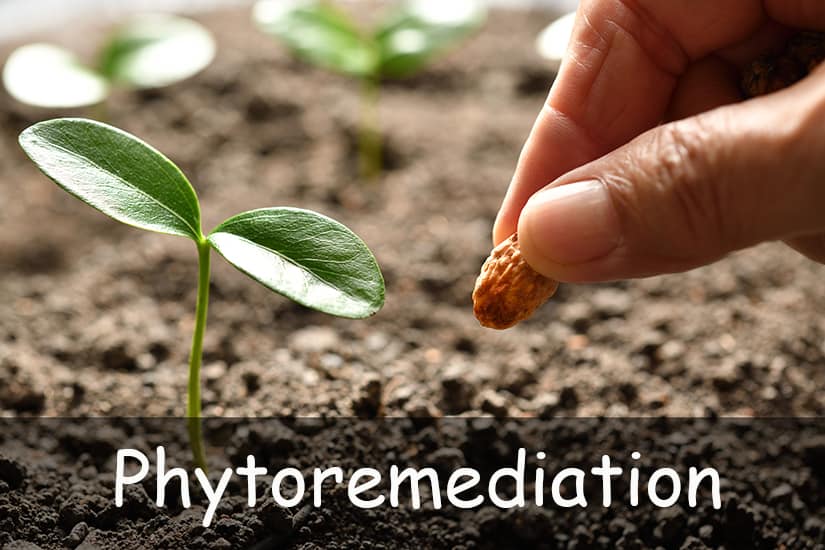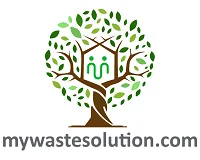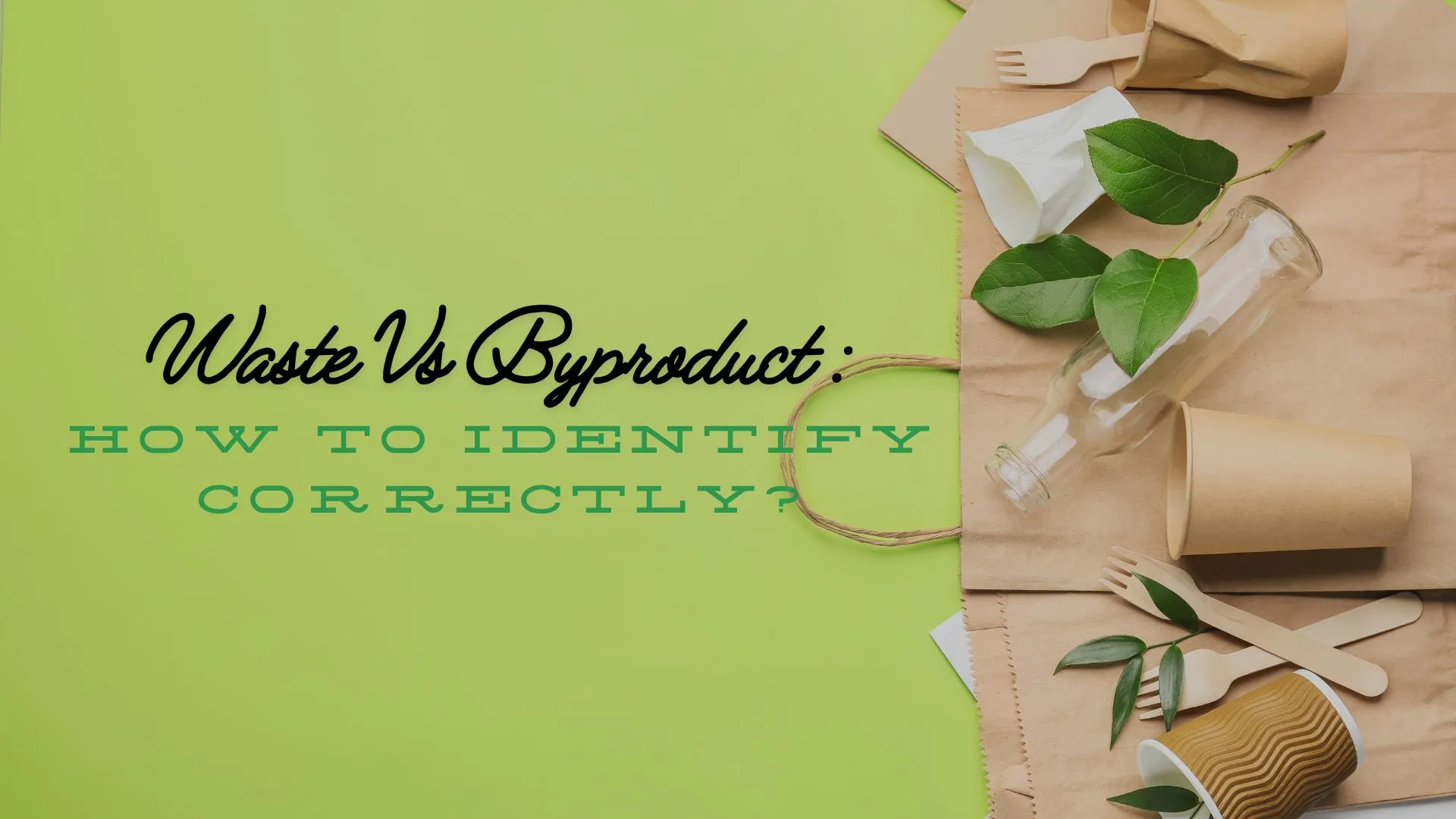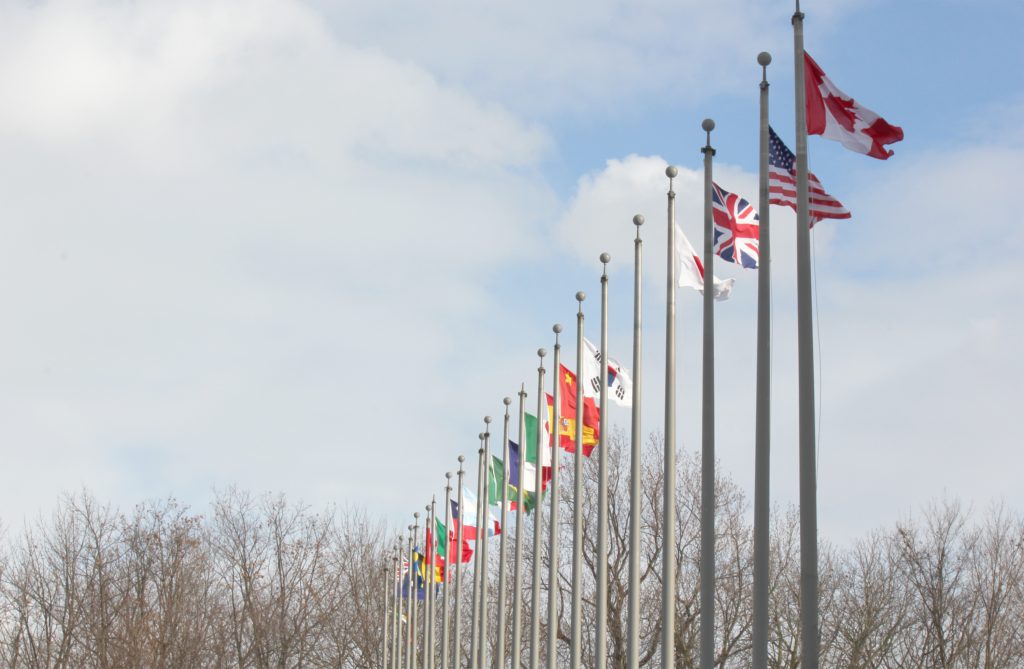In this blog, you will get to know about phytoremediation and its applications. We know that the increase in environmental contaminants has become a global issue. People are using different types of methods to eliminate these contaminants. Phytoremediation is one such method.
What is Phytoremediation?

The term phytoremediation is a combination of two Latin words “plant” and “remedy”. It’s defined as the use of plants to metabolize, and immobilize transferor detoxifying contaminants. It removes toxic substances from the soil through their natural metabolic pathways. It’s a low-cost, sustainable, and aesthetically friendly remedy. It removes elemental contaminants from the environment.
When Was Phytoremediation Discovered?
People discovered metal tolerant plants in the 16th century. Although phytoremediation claims as an emerging technology, it has evolved during the past 300 years. During this evolution, the basic concept of using plants for remediation has remained the same. Paradigms of technology and understanding have changed with time.
Over 300 years ago, phytoremediation was first identified as a natural process. The first plant species to treat sewage waste were Thlaspi caerulescens and Viola calaminaria. With time, people discovered plant species having phytoremediation potential. A better understanding of their metabolic pathways could be the solution to the problems of the 21st century.
What Was The Problem With Conventional Techniques?

Over the past few years, there has been a significant increase in the toxic contaminants. These contaminants can be organic or inorganic compounds. Heavy metals are the major component of the inorganic compounds. These compounds are toxic in nature. They can enter the food chain if disposed of carelessly, leading to diseases in humans and animals.
For solving this problem, people used conventional technologies such as:
· Liming
· Leaching
· Deep plowing
· Washing
While these methods do the job, they are energy-consuming. They require expensive machinery that often generates secondary pollution. These methods are not only costly but also destructive for the environment.
The application of phytoremediation in cities is a great initiative. It meets the communities’ expectations. Covering a contaminated site with plants creates open green space. These spaces calm the stress levels in people which is good for improving mental health.
How Does Phytoremediation Work?
Plants with phytoremediation potential can break down harmful contaminants from the ground. This happens when their roots soak water and nutrients from the contaminated soil. Plants can clean up contaminants as deep as their roots can reach using the natural procedure to:
· Store the pollutants in roots and leaves.
· Transform them to less harmful contaminants within the root zone.
· Turn them into vapors which release into the air.
Certain types of plants are better at phytoremediation. It depends upon the tolerance for different types and concentrations of the contaminants. Depth of contamination is also another factor. Small plants work where contamination is shallow. Trees such as poplars and willows can clean deeper soil contamination.
Phytoremediation Techniques

Phytoremediation classifies into different categories/techniques based on of mechanism:
1. Phytoextraction
It is uses plants to collect metals. It involves root uptake of metals and their migration from the xylem to the shoots and leaves. These are then harvested and removed from the site.
This technique has various advantages compared to traditional techniques. It is cost-effective and helps in reducing the soil erosion. Some factors limit the potential of phytoextraction such as metal bioavailability. Sunflower (Helianthus annuus) has been the most used species for phytoextraction. Its growth and high potential is good for the remediation of toxic contaminants.
2. Phytostabilization
This approach uses plant roots to restrict contaminant in the soil through adsorption. The main purpose of phytostabilization is to detain the contaminants in the rhizosphere. This procedure prevents the translocation of the contaminants to the groundwater. This reduces their bio-availability in the food chain.
This technique is useful at sites where no detoxification methods are available. It is a cost-effective approach for stabilizing and reducing the bioavailability of contaminants. The major disadvantage of this technique is that contaminants are not removed from the soil. Thus, they require regular monitoring.
3. Phytodegradation
This involves microorganisms in association with plant metabolic to detoxify pollutants such as:
· Herbicides
· Chlorinated solvents
· Insecticides
· Inorganic pollutants
This approach uses plants to absorb and then break down the pollutants. The pollutants convert into inert substances that release into the air. This technique uses metabolic enzymes such as oxygenases, dehydrogenases to convert pollutants into nutrients for plants.
4. Phytovolatilization
This technique uses green plants to absorb contaminants from polluted sites. It converts them into volatile compounds. Phytovolatilization uses plants for contaminants like mercury(Hg). It is also used for inorganic substances that have volatile forms. The advantage of this technique is that the toxic contaminant can convert into less toxic contaminant. These contaminants are then released into the atmosphere.
5. Rhizofiltration
This technique is the combination of phytoextraction and phytostabilization. This procedure involves absorption, concentration, and precipitation of contaminants in wastewater, surface water. This process uses grown terrestrial plants, such as mustard and sunflower. These remove Cu, Cd, Cr, Ni, Pb, Zn, and Fe from aqueous solutions. Terrestrial plants are more helpful for rhizofiltration due to their fibrous and much longer root systems. However, the plants need disposing of regularly and harvesting periodically. This limits the scope of the rhizofiltration process.
Pros And Cons Of Phytoremediation

| s.no | Advantages | Disadvantages |
| 1 | Budget-friendly and minimum equipment is required. | Long-term low performance. |
| 2 | Very less labor cost and reduces operational costs. | Incomplete removal of pollutants. |
| 3 | Aesthetic friendly and supported by the community. | Requires proper disposal of plant matter. |
| 4 | Reduces soil erosion. | Effectiveness gets affected by seasonal factors. |
| 5 | Reduces leaching and spread of toxicants. | Risk of bioaccumulation of pollutants in the food chain. |
Applications Of Phytoremediation

Heavy Metal Removal
Heavy metal is one of the most toxic environmental contaminants. It can affect soil and water quality, plant and animal growth, and human health. Metals have metallic properties such as density, conductivity. These contaminants enter the environment through anthropogenic activities. Mining, foundries, metal plating and paper industry are the major sources of heavy metals. This is where phytoremediation and its applications come in. Most of the plant species have the ability to immobilize metals. Conventional techniques are generally used but they have their own disadvantages. Phytoremediation is the best alternative because it is cost-effective and environment friendly. For betting understanding of this, consult experts here.
Removal Of Fly Ash
Coal fly ash is one of the major air and land pollution constituents. Thermal power plants produce a large amount of coal fly ash (600 million (tonnes/year). The disposal of fly ash causes important health and environmental hazards. thus its disposal has become a major worldwide concern. Phytoremediation is a practical, and cheap way for revegetation of fly ash dump sites. A study has shown that (Vetiveria zizanioides) grass can remediate fly ash dump sites. Besides phytostabilization of heavy metals, Vetiveria zizanioides also reduces genotoxicity.
Phytoremediation Of Landfills
Disposal of waste to landfills is a common method of waste management globally. Landfilling offers an inexpensive means of waste disposal. But, if not managed it can cause serious contamination to the environment. Studies have aimed at finding an alternative method to the convention remediation methods. Phytoremediation has proven to be a promising technique. It is because of advantages such as low-cost and eco-friendly. Phytoremediation technique use trees to remediate the contaminants on landfill sites. This makes phytoremediation technology more attractive for communities in residential areas. Connect with our landfill consultants here.
Conclusion
Environmental contamination is a global problem. Thus, efficient and cost-effective remediation alternatives are necessary. With good community acceptance, phytoremediation is an attractive approach. It is environmental friendly, cost-effective and offers opportunities for commercialization as well. Phytoremediation and its applications play an important role in solving this worldwide problem. Using plants, making the sites greener and aesthetic friendly.












